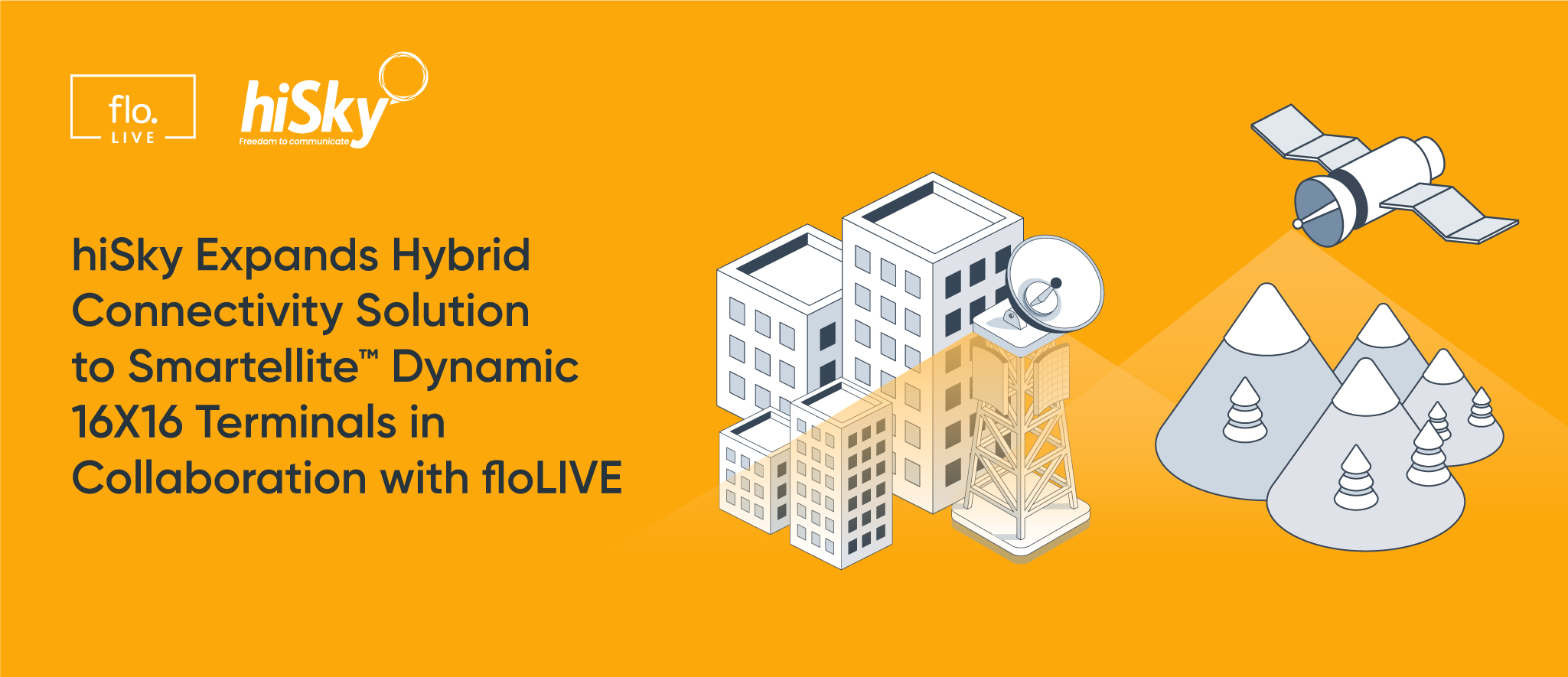IoT Service Providers & MVNOs: How floLIVE Helps

Providing connectivity to IoT customers as a business model opportunity continues to grow as more devices become connected. IoT Service Providers (ISPs), also called Connectivity Service Providers (CSPs) or MVNOs, have an excellent market position to deliver the necessary connectivity for IoT by leveraging spectrum owned and operated by Mobile Network Operators (MNOs).
It’s all the profit without the CAPEX of building and owning the infrastructure to provide the connectivity. That doesn’t mean, however, that this is always a high-margin business venture. In fact, ISPs face several major challenges in this industry.
IoT Service Providers and Global Reach
Obtaining global connectivity creates a lot of friction and ends up with a lot of backend work that can result in inconsistent service and higher costs.
Utilizing multiple MNOs to achieve broader coverage calls for multiple billing and usage systems and multiple connectivity management platforms, which can create many operational headaches.
IoT Service Providers and Profitability
Often, the low ARPU devices to which ISPs provide connectivity don’t drive significant revenue for maximized profitability. While leveraging the network infrastructure of MNOs allows for more financial independence, ISPs likely work with multiple MNOs to offer wide coverage, and this requires building and maintaining numerous relationships.
Contracts can often require high usage plans, which naturally incur higher costs and put pressure to sell more SIMs to customers.
Conversely, maintaining and operating a global infrastructure incurs direct operational costs that translate into lower gross margins and overall low profit, which does not improve through economies of scale.
IoT Service Providers and Dependencies
Management is crucial in any connectivity offering. Most often, ISPs integrate into the MNOs’ connectivity management platform (CMP) via API exposure. This is where devices are connected, controlled, and billed – although the MNOs’ platforms.
This creates a dependency on the MNO to provide information on the fleet of devices you connect for your customers. This can create significant blindspots and also scenarios where you don’t receive information on the devices until the end of a billing period. Your customers might have devices that have lost connections or bugs, creating high data usage, and your blindspots become their problems.
This lack of visibility not only results in an inability to communicate issues but also challenges in troubleshooting and resolving those issues.
A Simpler Approach for IoT Service Providers
floLIVE offers a multi-tenant, multi-tier cloud platform that allows full white-labeling with a rich API suite for easy integration into existing applications. This gives ISPs the visibility and control that can be handed down to customers and creates significant billing flexibility.
Multi-tier customer management fully supports any reselling business model, which is not limited to connectivity; simply add additional products and services and manage them all via the same platform. Effortlessly assign SIMs to your customers and enjoy full SIM lifecycle management as well as a full, real-time billing suite that allows you to bill and invoice your customers with tailored packages and bundles, cross-carrier / cross-IMSI pool plans and more – and we’ll include all of the above in a single bill to make your life even easier.
And global connectivity is attainable through floLIVE’s multiple Tier-1 IMSIs managed through distributed POPs across the globe. floLIVE’s autonomous network switching allows customers peace of mind that devices are always on, whether stationary or on the move – anywhere in the world.
Profitability, global reach, and visibility don’t have to be a challenge for ISPs and MVNOs. Reach out to our team of experts to learn how to tap into IoT revenue streams.










